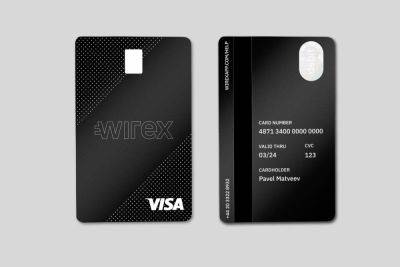Leased proof-of-stake (LPoS), explained
LPoS is a type of PoS meant to increase mining power, address inherent issues found in PoW, and improve other types of PoS, such as delegated proof-of-stake (DPoS).
Regular cryptocurrency users have probably come across the term proof-of-stake (PoS) when dealing with crypto staking, but what is leased proof-of-stake (LPoS), and is there a connection between the two?
Yes, they are related, as LPoS is simply a variant of the PoS system. Proof-of-stake is a key element of the blockchain consensus mechanism, where validators participate in staking to generate and validate transaction blocks.
Validators on proof-of-stake platforms typically have to stake more cryptocurrency to improve their chances of block generation, and here is where LPoS comes in handy. Tokenholders who don’t have the technical know-how or financial muscle can lease their tokens to validator node operators, enhancing the validator’s chance to receive the opportunity to create new blocks. In return, they will earn a share of the transaction fee paid to the validator.
In an LPoS environment, tokenholders can lease their stake or run a full node. However, the more tokens staked by a node, the better its chances of being selected to generate a new block. LPoS allows users to acquire the proceeds of mining without going through the mining process.
LPoS operates on the same premises as a lottery in that more stakes increase someone’s chances of winning rewards.
So, how does leased proof of stake work? The LPoS system follows a series of set processes:
Please note that the leased tokens never actually leave the leaser’s hardware wallet and remain in total control of the tokenholder. The holder only links the chosen node(s) and doesn’t transfer the tokens to the
Read more on cointelegraph.com






















